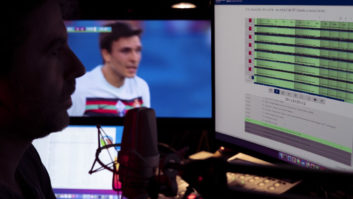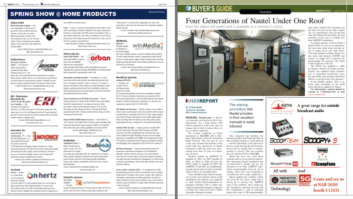GENEVA — Every year in February, the European Broadcasting Union headquarter hosts the Digital Radio Summit, where public service and commercial broadcasters from around the globe share their experience and vision about radio’s future developments.
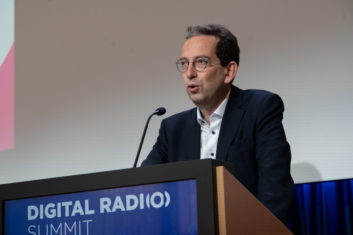
The 2020 edition focused on radio’s potential to target the nonlinear market, primarily on mobile devices, voice assistants and car multimedia systems.
YOU CHOOSE
In his keynote speech, Antonio Arcidiacono, EBU’s director of technology and innovation, invited delegates to invest their efforts in developing a future radio ecosystem based on three pillars.
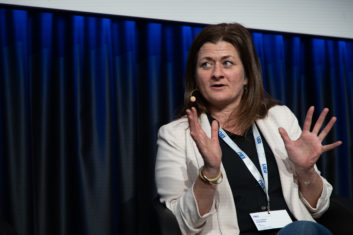
They are the multicast version of “hybridization” with content resident across the IP network and in users’ devices, the portability of the radio experience across multiple receivers, and individual settings for personalization.
“We have to move from the one-to-many broadcast model, ‘We know what you like, period’ to ‘We offer you many things you like, and you choose,’” explained Arcidiacono.
In his vision, the users’ smartphone will be a unifying device that enables the listening experience across the various different platforms and listening contexts, gathering information on user’s habits and preferences.
Through this accumulated knowledge, each receiver (including any in-car multimedia system, even in rented or shared cars) can offer each user his or her customized setup and personalized audio. It offers a way for each person to benefit from a unique and tailored experience, regardless of listening time and location.
GENUINE PASSION
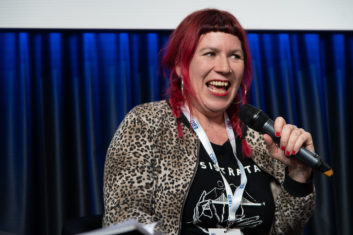
Podcast production, distribution and “searchability” on any device made up the core of the morning sessions with speakers sharing their production experience and ideas for the future stages.
The podcast market features a positive trend quite everywhere, and broadcasters consider podcast as a way to engage youth audience. In Norway, about 50% of the population aged 20 to 29 years listens to podcast.
“About 18 months ago we asked podcast users who their favorite podcast profiles were,” said Cathinka Rondan, head of radio at the Norwegian public service broadcaster NRK “and it ended up they were not from NRK. So we launched a strategic project, moving resources from linear radio to original podcast creation.”
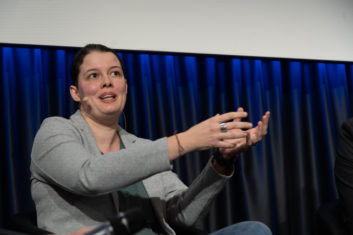
The “Top 10” podcast list in Norway is presently headed by the NRK profile Friminutt, with twice as many listeners as the second in the row.
NRK distributes on Spotify and Apple, but is reconsidering how it distributes on third-party platforms, having noticed that those distribution platforms edit artwork, sometimes even removing the NRK logo.
Cheyenne Mackay, podcaster for the Swiss public broadcaster SRF, said a podcast is not just an audio content available online for non-linear listening. “An effective podcast has to bring some genuine passion with it,” she emphasized.
Her podcast Pipifax did not develop from a project or a production meeting, but she explains that it’s the result of a timely “eureka moment,” when she and her husband were taking care of their newborn child.
ATOMIZATION
Ruth Degraeve, head of distribution and product management for the newsroom of Flemish public service broadcaster VRT, and Ben Rosenberg, senior distribution manager at the BBC, dug into the topic of the growing need for implementing effective models of content atomization, meaning the ability to render a given content into a multitude of homogeneous fragments, able to be properly indexed and searched.
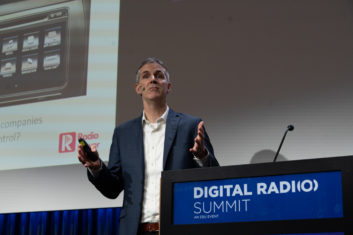
This, they pointed out, is the starting point to ensure radio’s presence on channels where audience looks for specific content bursts on themes of their interest and from multiple sources.
“The internet was first built around text, and only thereafter did images, sound and video come onboard,” Degraeve said.
Text is still the best way for search engines to find any object or media excerpt on the internet. That’s why today metadata is more important than the content itself. Without appropriate indexing and keywords, that content may not be found. In the internet era, if something can’t be found it basically doesn’t exist.
RADIO’S IDENTITY
Radio’s presence in connected cars was also a hot topic at DRS 2020. Audio consumption in cars has dramatically evolved from radio to media and — thanks to large, touch-screen high-resolution displays — eventually to on-board multimedia.
Laurence Harrison, automotive partnerships director at Radioplayer, spoke about the increasingly larger touch-screen displays with the multitude of dedicated apps available in modern cars. He questioned whether modern cars will ultimately “become an app-store or if the car companies retain control.”
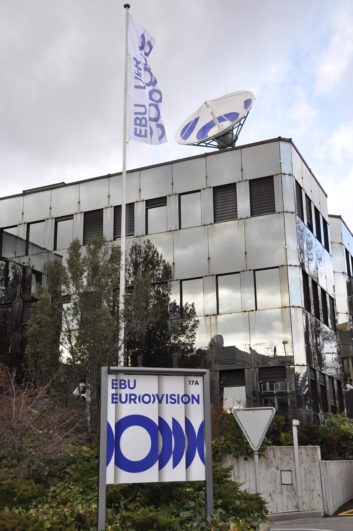
Dashboard screens are getting bigger and entertainment more visual. Harrison pointed to the recent Consumer Electronics show that took place in Las Vegas in January. He said there were a lot of electric car brands offering visual entertainment at the heart of their experience.
Some worry that with these new dashboard designs radio may lose its identity, being placed behind navigation pages and with no apparent radio button to entice the driver.
“We have to preserve radio’s identity in cars, where, depending on the country, 25% to more than 50% of the listening takes place. To do this, it’s paramount that radio can ensure a great user experience and a great user interface design,” Harrison concluded.
